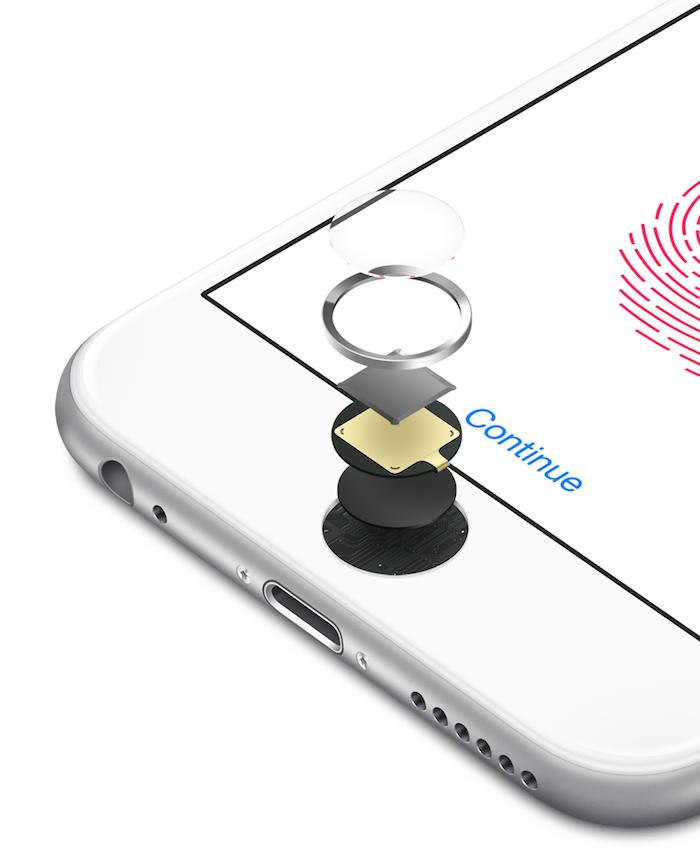You are viewing the article What is a fingerprint sensor? at Tnhelearning.edu.vn you can quickly access the necessary information in the table of contents of the article below.
We’ve heard a lot about fingerprint sensor technology on phones and tablets , so what benefits does this technology really bring to users?

History
Motorola Mobility Atrix 4G was considered the first Android phone to integrate a fingerprint sensor in 2011, but this technology did not catch the attention of users until Apple equipped the fingerprint sensor feature. (Touch ID) for iPhone 5S. It was followed by iPhone 6, iPhone 6 Plus, iPad Mini 3, iPad Air 2, and until now iPhone 7, iPhone 7 Plus, iPhone 8 and iPhone 8 Plus.
At the beginning, Samsung was equally quick when both its flagship phones, the Galaxy S5 and Galaxy Note 4, also had this feature, until now from Samsung’s low-cost to high-end lines. equipped with this fingerprint sensor.
What is a fingerprint sensor?
Fingerprint recognition technology works on the following principle: When you place your finger on a fingerprint reader, the device will immediately scan the image of that finger and put it into the system. The system will process the fingerprint, convert it to digital data, and then compare the characteristics of that fingerprint with the data stored in the system.
If this fingerprint matches the system data then further functions will be performed. In theory, fingerprint recognition will allow to completely remove all types of passwords but still ensure security when users log in to the device.

See also: What is Touch ID on iPhone?
Apple has integrated this technology on its Home button called Touch ID technology, instead of having to enter a password for unlocking the device or application, now with just a light touch, you can quickly do that. The Home key is designed with a Sapphire stone surface that both protects and is a lens that supports the sensor to “capture” the fingerprint image on the fingertip.
The metal border around the Home key is not only a decorative detail, but also a part that allows the user to know if the user’s finger has been placed in place to start the scanner. With Touch ID, long strings of passwords that are difficult to remember and easy to confuse have since been eliminated.

Similar to the function of Touch ID, other big brands like Samsung or OPPO, Nokia, etc. have also developed their own fingerprint sensor technology on the latest high-end devices to the most affordable line. of the firm.
Currently with 1-touch fingerprint technology, most devices from many different brands only need a light touch to recognize your fingerprint and open the device quickly and accurately.
Pros and cons of fingerprint sensor technology
Advantage:
+ Unlock devices or apps with a single tap or swipe.
+ High authenticity because each person’s fingerprint is unique.
+ Peace of mind because the system will recognize many different fingers. Capacitive sensor technology will ensure that the fingerprint image must be taken from a “alive” finger (not cut off).
Defect:
+ Fingerprint sensor is only an authentication system, not playing a role in protecting data on the user’s phone, when you sleep or lose consciousness, the finger will unlock everything.
Product lines that integrate fingerprint sensor technology
Fingerprint sensor technology has gradually become a criterion for high-end to low-cost product lines because of its convenience. Some products using fingerprint sensors today:
Supermarket Tnhelearning.edu.vn
Thank you for reading this post What is a fingerprint sensor? at Tnhelearning.edu.vn You can comment, see more related articles below and hope to help you with interesting information.
Related Search:



